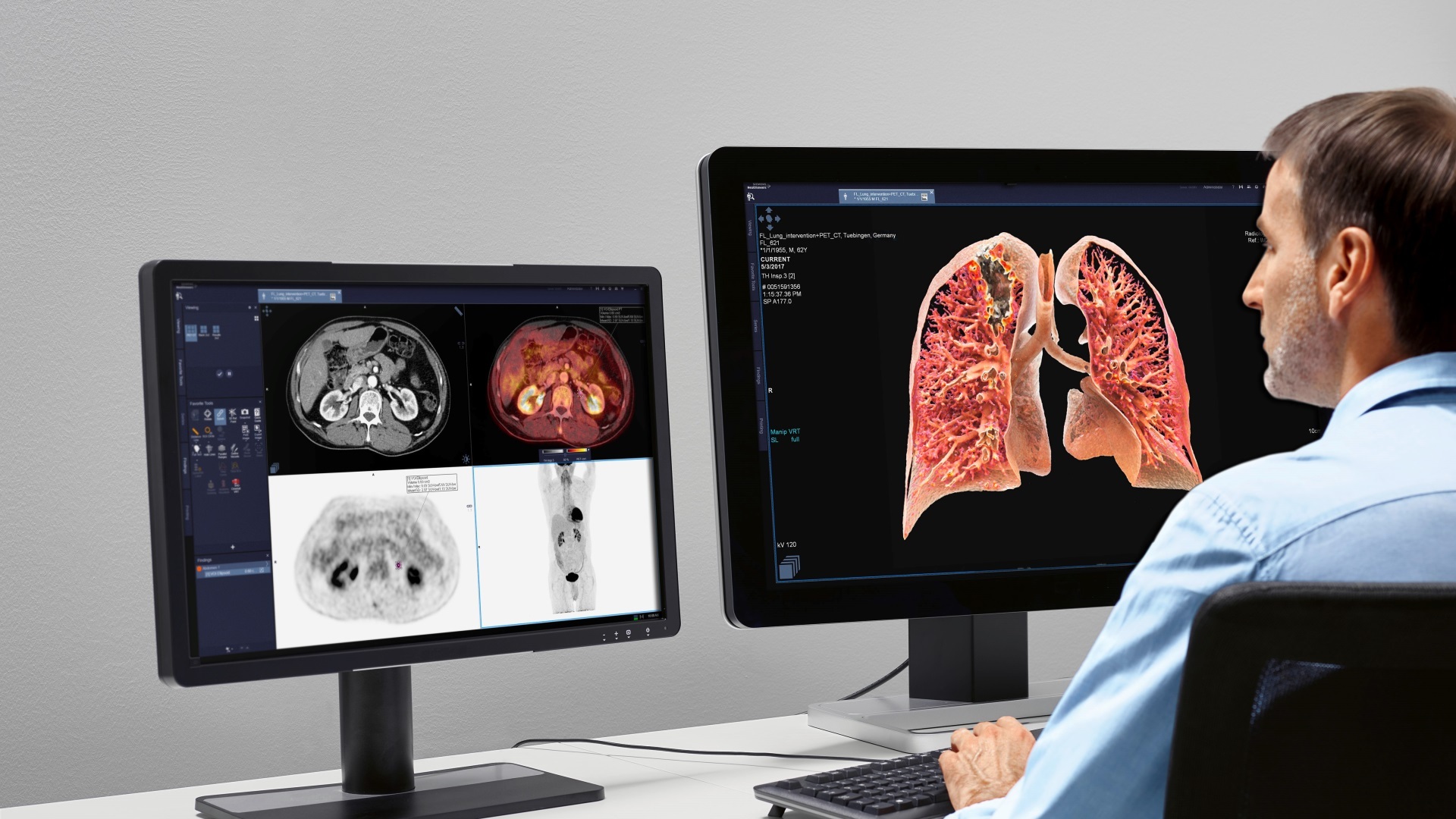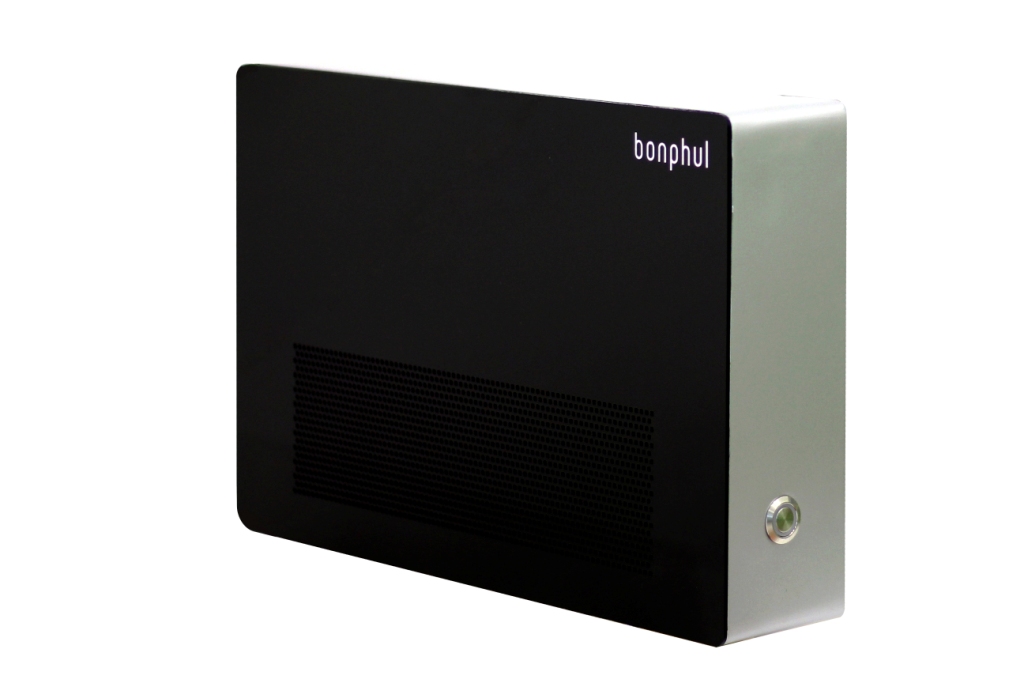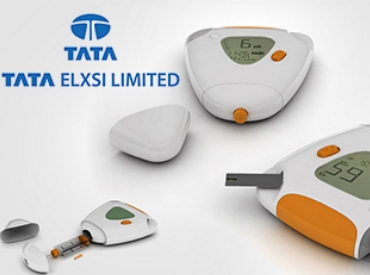For nearly 40 years, residents have had to decide between one of two tracks for nuclear medicine training, a fragmented and outdated system that, thanks to shifts toward healthcare reform and molecular imaging, must be reconciled, according to a joint Society of Nuclear Medicine (SNM) and American College of Radiology (ACR) task force article published in the June issue of The Journal of Nuclear Medicine. Medical school graduates seeking training in nuclear medicine can obtain certification via two routes, with multiple pathways. The first, conferred by the American Board of Radiology (ABR), is in nuclear radiology; the second, under the American Board of Nuclear Medicine (ABNM), certifies residents in nuclear medicine. This schism, which took place in 1973, has resulted in varying standards and qualities of education in both nuclear medicine and diagnostic radiology, not to mention turf issues, between the two specialties. As hybrid anatomic and functional imaging modalities like PET/CT and SPECT/CT have cemented their roles in radiology and nuclear medicine, training for the latter has been extended by a year to incorporate experience with CT. Full use of continuing technological advancements, like the recent approval of PET/MR and an expanding radiopharmaceutical cabinet for molecular imaging, require a new approach to training.

Be a part of Elets Collaborative Initiatives. Join Us for Upcoming Events and explore business opportunities. Like us on Facebook , connect with us on LinkedIn and follow us on Twitter , Instagram.












